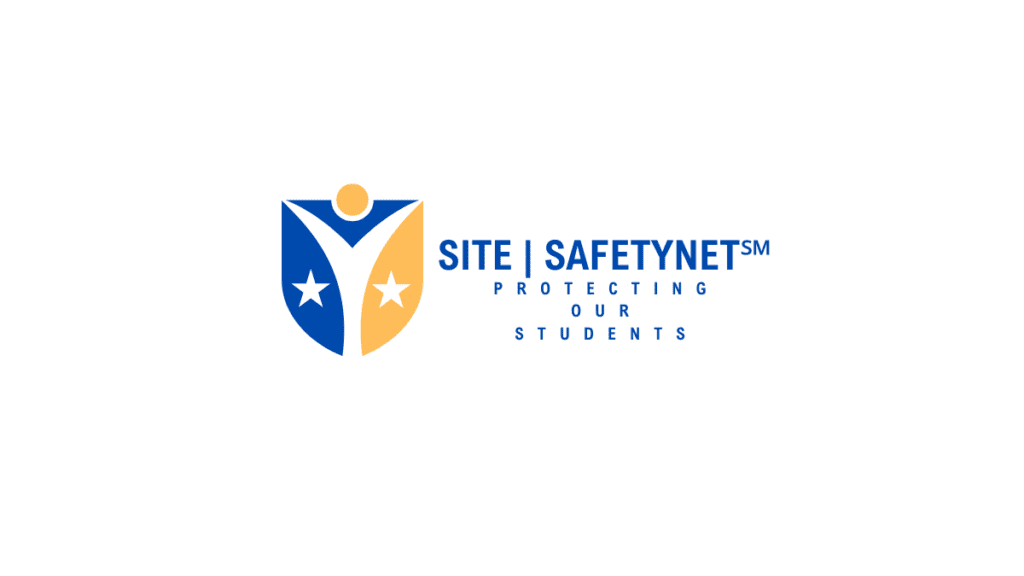 -Protecting Our Students
-Protecting Our Students
-In the wake of recent tragedies, it’s become increasingly clear that a profound and often overlooked factor in school shootings is the shooter’s underlying mental health crisis. Research and forensic analysis have revealed that almost all school shooters are actively suicidal, planning to die during their attack. This chilling reality underscores the need for a nuanced approach to school safety and prevention beyond traditional security measures.
The Intersection of Suicide and School Violence
School shootings are not merely acts of random violence; they are deeply intertwined with the perpetrator’s crises and suicidal ideations. Studies have consistently shown that many of these attackers are driven by a desire to end their own lives, using the act of violence as a final, dramatic expression of their despair.
Understanding the Suicidal Mindset
The link between suicidal tendencies and school shootings can be traced to several psychological factors:
- Despair and Hopelessness: Many school shooters experience profound feelings of despair and hopelessness. Their decision to carry out a shooting is often fueled by a belief that their situation will never improve, leading them to see their final act of violence as a form of escape.
- Attention and Recognition: Some shooters may seek to be remembered or gain attention through their violent acts. For them, the act of violence becomes a means of leaving a mark on the world before their planned death.
- Revenge or Anger: In some cases, the attacker’s actions are motivated by a desire for revenge or anger towards specific individuals or institutions. Their suicidal intent makes the act of violence both a means of revenge and a way to end their suffering.
Why Traditional Security Measures Fall Short
Focusing on enhancing physical security in schools—such as increasing armed personnel, installing surveillance cameras, and reinforcing building structures—is crucial but often insufficient. While these measures can deter or mitigate attacks, they do not address the root cause of the problem: the attackers’ underlying suicidal ideation.
Limitations of Conventional Security Measures
- Inadequate Psychological Intervention: Traditional security measures do not address the mental health issues that often underpin violent acts. Without addressing the psychological crisis, even the most fortified schools remain vulnerable.
- Failure to Recognize Warning Signs: Security systems alone may not be equipped to identify and address warning signs of suicidal tendencies and violent intentions. Preventative measures need to incorporate mental health assessments and interventions.
- Reactive Rather Than Proactive: Security measures often react to violence rather than act as a proactive strategy to prevent it. A more comprehensive approach is required to intervene before a tragedy unfolds.
Integrating Mental Health Awareness into School Safety
To effectively address the root causes of school shootings, it’s essential to integrate mental health awareness and support into the broader framework of school safety. Here are some strategies to consider:
- Enhanced Mental Health Programs: Schools should implement robust mental health programs that offer counseling and support services. Early identification and intervention can help address issues before they escalate into violence.
- Training for Staff and Students: Educating school staff and students about recognizing warning signs of suicidal behavior and violent intentions can foster a proactive safety culture. Training programs should include strategies for reporting concerns and seeking help.
- Collaboration with Mental Health Professionals: Schools should collaborate with mental health professionals to develop and implement comprehensive prevention strategies. This partnership can provide ongoing support and resources for students facing mental health challenges.
- Creating a Supportive Environment: Fostering a positive and inclusive school environment can reduce students’ feelings of isolation and despair. Programs that promote mental well-being and resilience can make a significant difference in preventing violence.
A Comprehensive Approach to School Safety
Addressing the issue of school shootings requires more than just enhancing physical security. It involves creating a comprehensive safety plan that incorporates both physical and psychological elements:
- Proactive Threat Assessment: Schools should conduct regular threat assessments, which should include evaluating students’ mental health and identifying potential risk factors.
- Crisis Intervention Plans: Developing and implementing crisis interventions that include mental health support can provide a safety net for distressed students.
- Community Engagement: Engaging the broader community, including parents and local organizations, can enhance support networks and raise awareness about the importance of mental health.
Conclusion
The tragic reality that almost all school shooters are actively suicidal highlights a critical need for a multifaceted approach to school safety. By integrating mental health support with physical security measures, we can address the root causes of violence and create a safer environment for students and staff. At SITE|SAFETYNET℠ we are committed to developing and implementing comprehensive safety solutions that protect schools and support all students’ mental well-being.
Our approach goes beyond traditional security measures by incorporating advanced tools like the 60-Point Safety Zone Assessment, the Dynamic Safety Score℠, Continuous Safety Improvement℠, and SafetyNet|Report℠ all designed to provide a holistic view of school safety. By addressing both physical and psychological aspects of safety, we aim to prevent tragedies before they occur and foster a secure, supportive environment for learning.

 -Protecting Our Students
-Protecting Our Students